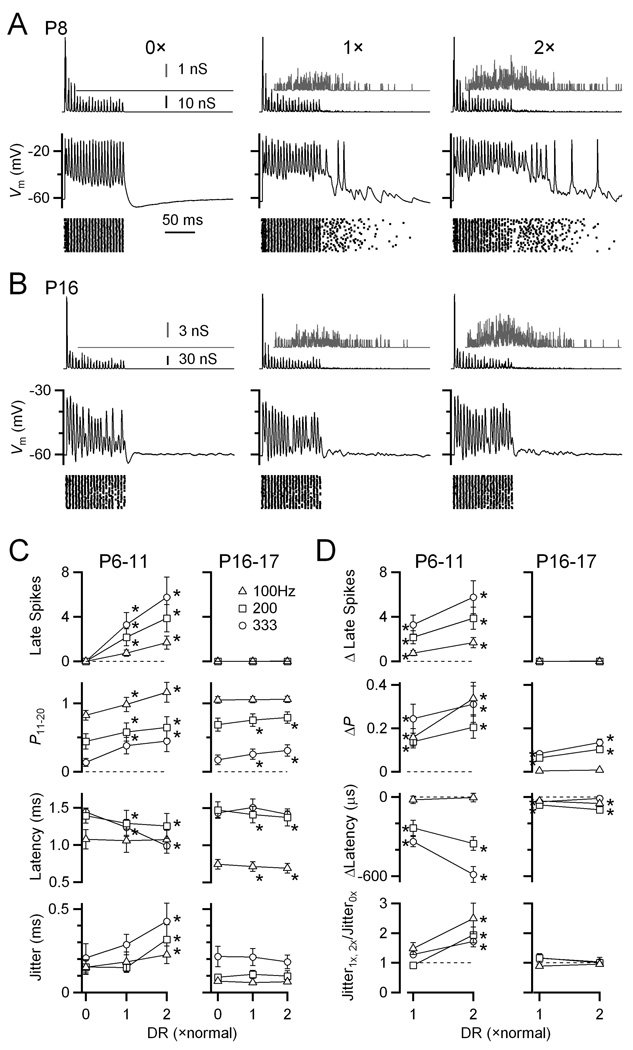Figure 3. Delayed release drives significant late spikes in immature BCs, but not in older BCs controlled in dynamic clamp.
(A) Example dynamic-clamp experiment in an immature BC (P8). Dynamic clamp conductance waveforms are shown in the top traces, with the delayed release component isolated and magnified in the grey insets. Bottom traces show the BC response. The stimulus was 4 inputs, each active at an average rate of 200 Hz, with Gaussian-distributed jitter of SD = 0.5 ms, and EPSC amplitude based on a model of depression (see Methods). Delayed release levels ranged from none (0×) to twice normal (2×). The timing of BC spikes from many similar trials is shown in the rasters.
(B) Similar experiment in an older BC (P16). No spikes were observed following the synchronous train.
(C–D) Average effects of delayed release in immature (P6–11; N = 15) and older (P16–17; N = 7) BCs. C shows absolute data, while D shows data relative to 0× delayed release. Points significantly different from the 0× condition at α = 0.05 are indicated by asterisks.

